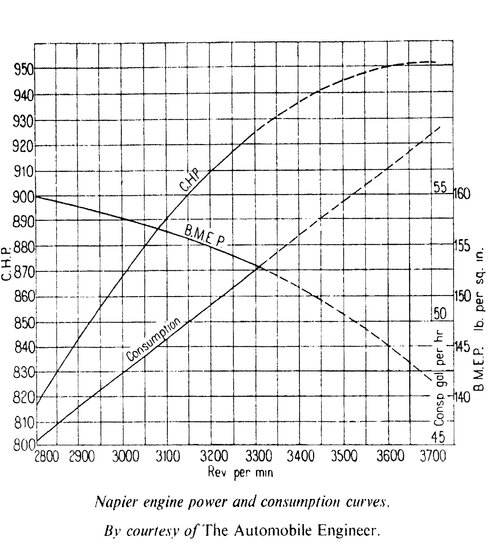Pasoleati
I really should change my personal text
- Joined
- 29 June 2012
- Messages
- 511
- Reaction score
- 178
Harry Ricardo mentions in at least 2 sources that tests (by him?) run on a racing Lion from 1927 gave an s.f.c. of 0.32 lbs./hp/h. That an incredible figure. Easily beats all current SI engines.


